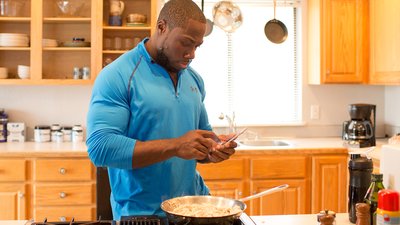The way many people do it, calorie counting can sometimes be laborious and discouraging. But note that I said "sometimes," not "always." Controlling calories doesn't have to be difficult, and it is perhaps the most powerful tool we have for troubleshooting nutrition. Remember, each of the macronutrients of protein, carbohydrates, and fats all have their own caloric value. You can't nail one part of your nutrition without the other!
Maybe you've never done it because it seems overwhelmingly complicated and you don't feel confident with a food scale, but it can actually be quite simple. Use these easy tips to improve your eating habits and see results without getting bogged down in numbers.
Whey protein provides serious nutritional heft for minimal calories. If you're tracking your nutrition, it's a must!
1. Start With How You Actually Eat
No matter where your fitness journey takes you, the nutritional part of it should start where you are now. Create a simple meal plan based on the way you already eat, without making any big changes or thinking about calorie targets yet. Ignore the "daily goal" that apps or calculators will set for you, and don't worry about BMR and TDEE equations yet.
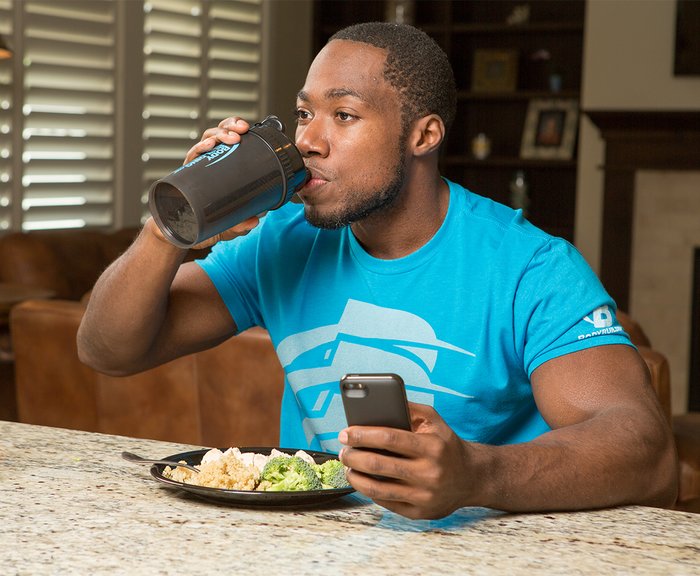
Remember, we're going quick and dirty. Just put together the amount of food you know will get you through the day. If you're going to make any changes at this point, make them qualitative, not quantitative. In other words, stick largely to whole foods, eliminate totally junky processed items, and do your best to keep sugar fairly low.
2. Use an App
Thanks to modern technology, counting calories no longer has to involve much actual counting. Apps like MyFitnessPal calculate calories for you. You can also put foods together into meals, which is a huge time saver.
Have an activity tracker? Use the built-in calorie tracker that lets you see calories in versus calories out, not just totals. It won't be 100 percent accurate—especially if you lift and use a basic tracker that just counts steps—but it will be inaccurate in a consistent way, giving you a reliable baseline.
But here's the key: Be honest and log everything.
3. Identify Obvious Patterns
A common reason meal plans fail is that we tend to underestimate how much we consume during cheats. Maybe your "occasional treat" has become an everyday thing, or what you thought was 200 calories of Greek yogurt is more like 500.
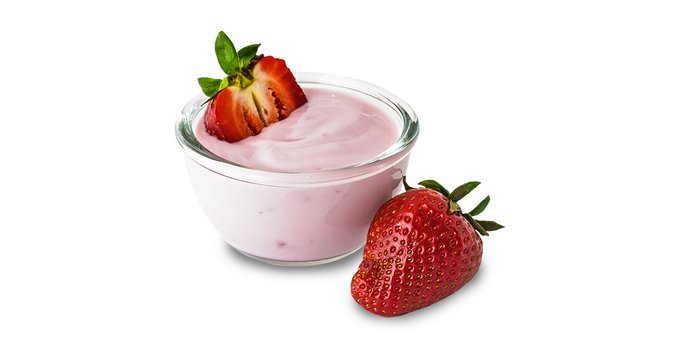
It's shockingly easy to more than double your calorie intake, which is why counting calories is so much more effective than just writing down what you eat in a food journal. If you see big spikes, consider finding different delicious foods to indulge in.
Inevitably, you will have days where you don't stick to the template—whether it's a planned cheat day or a spontaneous night out with friends. Pay attention to what else is going on when you eat more than you planned. Do wings and fries always come after beer, despite your best intentions? Alcohol impairs our ability to make good food choices, so it might be worth limiting the days you drink.
If you find you're not eating enough to stay satisfied on a day-to-day basis, look for places to add some satiating protein and healthy fats to your template.
4. Establish Your Baseline, Then Adjust
After tracking your intake for a few days, you'll probably see it fall into a consistent range. This is your baseline.
If you feel good sticking to the plan, (you aren't too hungry, and you aren't seeing any changes in your body composition) the template you've created is close to your true caloric maintenance needs. From here, you can play around with things.
Think you need to cut calories? Try reducing your portion sizes, or look for places you can swap oils, nuts, dairy, or grains for less calorie-dense options. Hungry all the time? You might not be eating enough. Try raising your baseline or throwing in an occasional refeed day.
At this point, you can designate targets for daily calorie totals. Try shooting for 100-500 calories below or above your baseline, and see how it makes you feel. If you use an activity tracker app, you can decide on a goal range for your daily calorie deficit or surplus.
5. Build Around a Few Core Meals
Trying to figure out the exact ingredient measurements for each meal and writing it all down can make calorie tracking time consuming. A more time-efficient approach is to structure your diet around a few essential meals that are easy to track and prepare the same way every time. This helps remove the guesswork and cuts down on data entry.
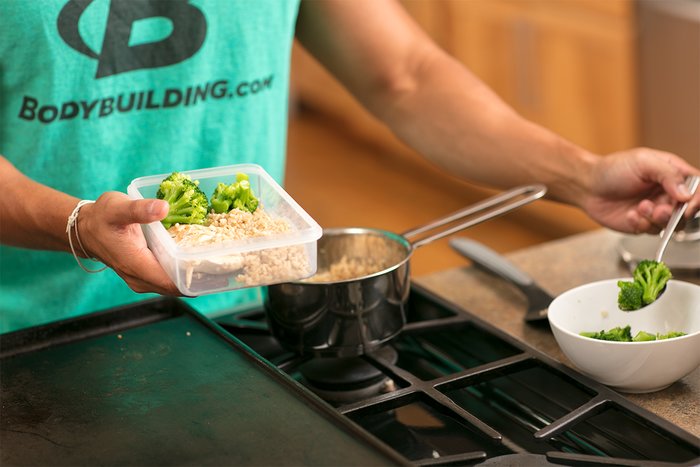
No, this doesn't mean you have to—or should—eat the same thing all the time. Far from it! But having a basic lineup of meals with numbers and ingredients you know by heart makes everything easier.
It might sound boring, but you could even try to eat the same thing daily for a while. Doing this means you'll only have to enter 3-6 meals into the app once. And speaking from personal experience, the repetition can be satisfying if you pick things you like to eat.
Don't try to be too perfect, though. Healthy eating shouldn't be about depriving yourself. If having a slice or two of cheese at lunch helps you get through the day, do it.
6. Get Familiar With Pre-portioned Foods
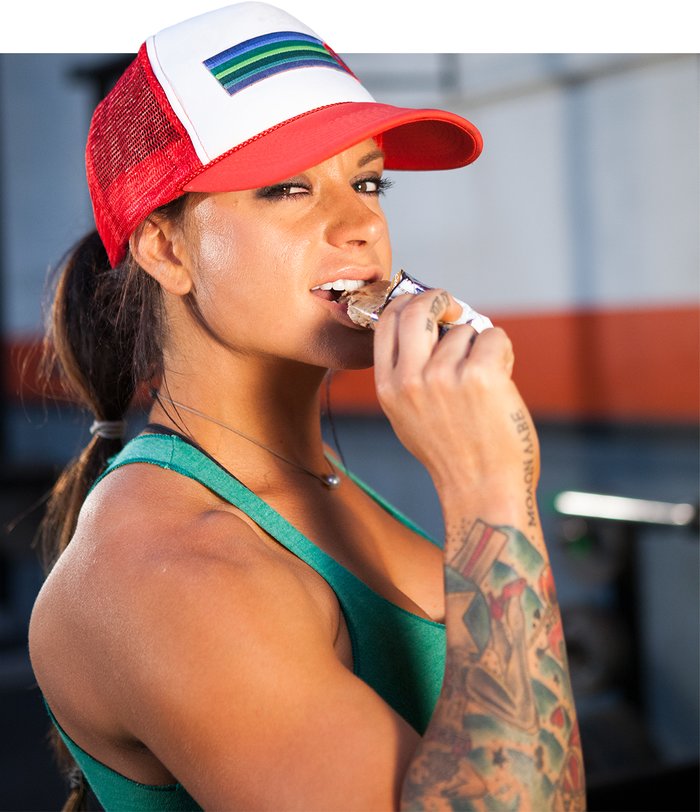
When it comes to switching from eyeballing your portions to measuring them, pre-portioned foods can be a lifesaver. I'm not talking about single-serving bags of chips, but the rule that food needs to come without nutrition labels to be nutritious isn't always true.
Yes, packaged foods often cost a bit more than bulk produce or meat, but if you ain't got time for #mealprepsunday, choosing healthy pre-packaged items can save you time and energy. Their nutrition content is marked right on the package, and they're probably already listed in your app's food database.
Good picks to help kick off your meal-prep journey include individual packets of nuts, protein bars, chicken sausages, burger patties, jerky, canned tuna, sliced deli meats, eggs, protein powder, and single-serving cups of guacamole, hummus, and peanut butter.
Once calorie tracking stops feeling like a struggle, you can start making more meals from scratch. Initially, though, your goal should be to avoid getting overwhelmed by doing what makes life easier.
7. Have Your Staple Meals Pre-loaded in Your App
This is a serious pro tip! If you know what you're going to eat, logging it the long way is time better spent elsewhere. Save your meals, and all you have to do is click on "Breakfast" to autofill your oats, protein powder, and eggs. Some apps will even let you autofill an entire day.
Over time, you may change some aspects of your meals, but memorizing the essentials and knowing their numbers will help you learn to eyeball food portions, which will help you stick to your approach over the long term.
8. Don't Just Focus on Calories
Weight loss has a lot to do with calories, but other factors are also important. Use your app to monitor your fiber intake, and consider tracking your water intake, too. Getting more of both of these can make a big difference in how full you feel, even while eating the same number of calories.
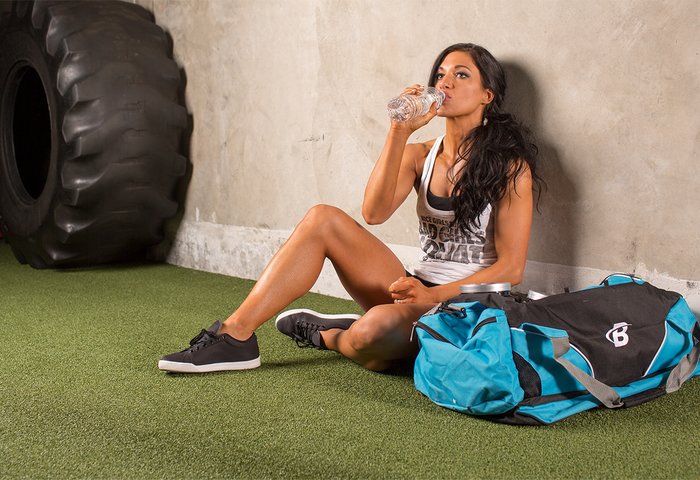
Once you're on top of calories, play with your macros and question your habits. Do you need those almonds in your oatmeal to stay full until lunch? What happens if you replace them with protein powder? Are your carb refeeds on point, or are they more like saturated-fat refeeds?
This is where a boring, repetitive meal plan can work for you. Changing one variable at a time will let you know pretty quickly if it's going to help you or hurt you.
9. Finish the Job and Move On
Once you've fine-tuned your template and started seeing your body composition move in the right direction, look at what made the difference and integrate that information into a long-term, sustainable template. Create some alternative meals in your app and become a master at prepping your portions. Maybe you could even stop counting.
That's right; quit counting! You can always go back to it occasionally, to make sure you're still on track or to reassess if you plateau, but you should be able to stop using your app daily as your previous eyeballing technique becomes more on point.
Think of it this way: The skills you build through understanding the numbers are far more important than the numbers themselves.

